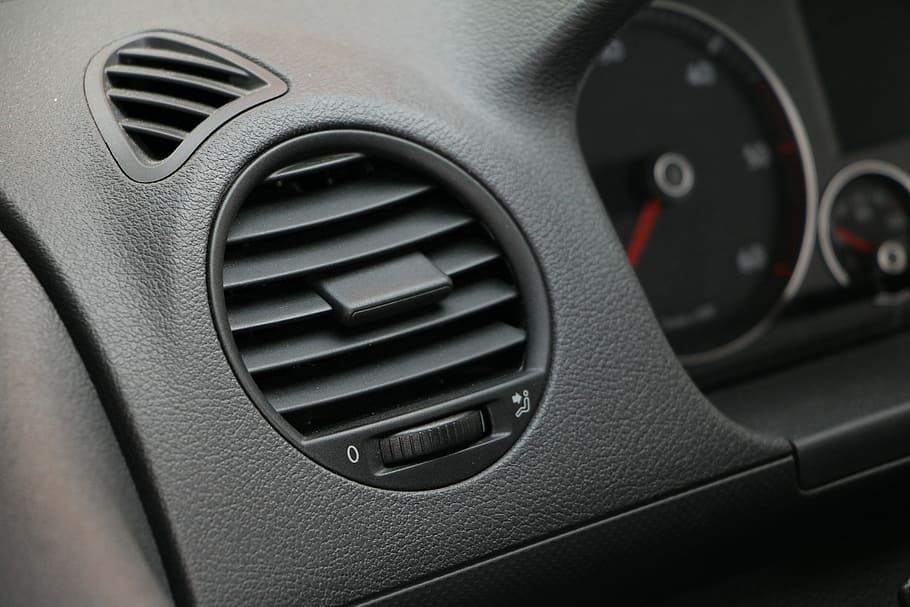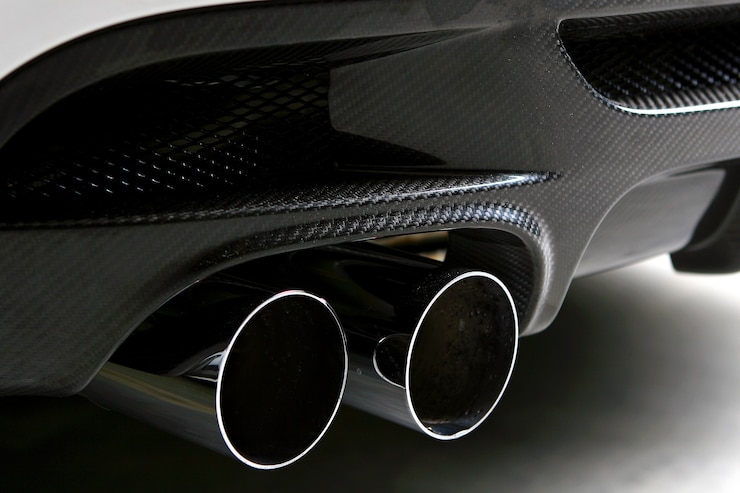Molding the Future: A Dive into Automotive Plastic Design
At the heart of every car’s construction lies a crucial element that is often forgotten: plastics. These versatile materials are an unsung hero, shaping elegant exteriors and enhancing vehicle functionality.
The Role of Automotive Plastic Design
Far beyond its image as a mere material, automotive plastics are the linchpin of modern vehicle construction. They serve as the canvas upon which innovation and functionality converge to create the vehicles we love.
- Versatility and Adaptability. Automotive plastic design embodies versatility. Its inherent flexibility allows engineers and designers to craft intricate and varied shapes, optimizing aerodynamics and fuel efficiency. From the sweeping curves of a vehicle’s exterior to the intricate components under the hood, plastics adapt and mold into forms that enhance both aesthetics and performance;
- Weight Reduction for Enhanced Efficiency. The pursuit of efficiency in automotive design is synonymous with the quest for lighter materials. Plastics excel in this aspect, providing the necessary strength while significantly reducing the overall weight of vehicles. This weight reduction not only enhances fuel economy but also contributes to improved handling and maneuverability;
- Durability and Safety Standards. Beyond their lightweight nature, automotive plastics are stalwarts of durability. These materials are engineered to withstand rigorous conditions, ensuring longevity and reliability in various components. Moreover, they play a pivotal role in bolstering safety standards by offering impact resistance, crucial in critical elements like airbags, bumpers, and structural components, safeguarding occupants during collisions;
- Eco-Friendly Innovations. The evolution of automotive plastic design has embraced sustainability. Manufacturers are steering toward eco-friendly alternatives, incorporating recycled or bio-based plastics. These initiatives aim to reduce the environmental footprint without compromising performance, reflecting a commitment to a greener automotive industry;
- Innovating for Tomorrow’s Vehicles. The horizon of automotive plastic design is brimming with innovation. Ongoing research and development promise groundbreaking advancements, such as self-healing polymers and 3D-printed components, revolutionizing vehicle construction. These innovations signal a future where safety, efficiency, and environmental consciousness converge seamlessly.
In essence, automotive plastic design isn’t just a component in vehicle creation; it’s a driving force behind the industry’s evolution. It’s the fusion of engineering prowess and creative exploration, forging a path toward safer, more efficient, and environmentally conscious vehicles.
As the automotive landscape continues to evolve, the role of plastic design remains pivotal—a testament to the industry’s commitment to progress and innovation.
Bonus – a guide to Plastic Design Guidelines For Automotive Components – PDF
Versatility Unleashed

What makes automotive plastics stand out is their adaptability. Engineers and designers harness their flexibility to craft intricate shapes, enhancing aerodynamics and fuel efficiency. Moreover, their resistance to corrosion and ability to withstand extreme temperatures ensure longevity—a vital trait in the automotive world.
The innate flexibility of automotive plastics enables designers and engineers to sculpt shapes that transcend the conventional. These materials effortlessly mold into sleek contours and dynamic forms, optimizing aerodynamics. From reducing drag to enhancing fuel efficiency, their adaptability becomes the canvas upon which performance is finely tuned.
- Customization and Functional Brilliance. One of the remarkable facets of plastic design is its customizability. Manufacturers harness this quality to tailor components precisely to their required specifications. Whether it’s intricate interior panels or under-the-hood mechanisms, plastics lend themselves to functional brilliance, seamlessly integrating into the vehicle’s architecture;
- The Lightweight Revolution. Amidst the quest for lighter, more agile vehicles, plastics stand as pioneers. Their lightweight nature serves as a catalyst for innovation, shedding excess weight without compromising strength. This weight reduction contributes significantly to fuel economy, maneuverability, and overall performance, marking a pivotal shift in automotive engineering;
- Form Meets Function: Aesthetics and Practicality. Beyond their technical prowess, automotive plastics marry form and function. These materials aren’t merely utilitarian; they’re design elements that elevate the aesthetics of vehicles. Whether it’s the seamless lines of a dashboard or the intricate detailing of interior components, plastics blend beauty with practicality;
- Embracing Change and Sustainability. In a landscape increasingly inclined toward sustainability, automotive plastic design evolves with purpose. Manufacturers embrace eco-conscious practices, delving into recycled or bio-based materials. This forward-thinking approach aims to reduce environmental impact while pushing the boundaries of innovation.
Automotive plastic design embodies the ethos of adaptability, driving innovation across the industry. Its versatility fuels progress, shaping vehicles that not only perform optimally but also resonate with elegance. As technology and creativity converge, the journey of plastics in automotive design continues, unlocking new frontiers and reshaping the future of transportation.
Designing for Safety
Safety is paramount in automotive design. Plastics play a pivotal role in creating impact-resistant components, bolstering vehicle safety standards. From airbags to bumpers, these materials are engineered to protect, offering a crucial layer of defense for drivers and passengers alike.
Beyond their role in specific safety components, automotive plastics contribute to the overall structural integrity of vehicles. These materials reinforce critical areas, enhancing the vehicle’s ability to withstand forces during crashes. Their strategic placement ensures that the vehicle’s framework is robust, adding an extra layer of protection.
- Weight Optimization: Balancing Safety and Efficiency. Contrary to conventional perception, lightweight materials like automotive plastics don’t compromise safety; rather, they optimize it. By reducing the vehicle’s weight, these materials improve handling and maneuverability. Enhanced agility allows drivers to avoid accidents, while sophisticated designs utilizing plastics maintain or even enhance safety standards;
- Durability and Longevity: Ensuring Reliability. Automotive plastics aren’t just about safety in emergencies; they also ensure reliability throughout the vehicle’s lifecycle. Their durability allows components to withstand wear and tear, maintaining safety standards over time. From interior panels to exterior elements, these materials contribute to the overall longevity of the vehicle.
The realm of automotive plastic design constantly innovates to raise safety bars further. Ongoing research introduces advanced materials and designs that promise enhanced safety features. From self-repairing materials to smart impact-absorbing structures, these innovations herald a future where safety is not just a priority but an assurance.
Future Innovations on the Horizon
The automotive industry is in a perpetual state of evolution. Advancements in materials science continue to push boundaries. From self-healing polymers to 3D-printed components, the future holds endless possibilities, promising safer, more efficient, and aesthetically appealing vehicles.
The horizon of automotive design is ablaze with promise, brimming with innovations that will redefine the very essence of vehicles as we know them. Amidst this tapestry of progress, the role of automotive plastic design shines as a beacon of evolution, signaling a future where possibilities seem limitless:
- Smart Materials: Redefining Performance. The future of automotive plastic design is synonymous with smart materials. Imagine self-healing polymers that autonomously mend scratches or dents, ensuring components remain pristine. These materials not only promise durability but also reduce maintenance, elevating the ownership experience;
- 3D Printing: Revolutionizing Manufacturing. The advent of 3D printing heralds a paradigm shift in manufacturing. Automotive plastic design embraces this technology, enabling the creation of intricate, customized components with unprecedented precision. It’s a leap toward efficient, on-demand production and design flexibility;
- Lightweight Solutions: Enhancing Efficiency. The pursuit of lightweight materials persists, pushing automotive plastic design to innovate further. Advancements in composite materials and advanced polymer blends aim to create components that are both lighter and stronger, contributing to unparalleled efficiency without compromising safety;
- Integrated Connectivity: Merging Design and Technology. Automotive plastic design isn’t just about physical components; it’s about integrating technology seamlessly. Plastics will serve as hosts for sensors and connectivity elements, facilitating the evolution toward autonomous vehicles and the Internet of Things (IoT) within the automotive sphere.
The future demands sustainability, and automotive plastic design rises to the challenge. From biodegradable materials to enhanced recycling processes, the focus shifts toward eco-friendly solutions. These innovations aim to reduce the environmental footprint without compromising performance or safety.
Embracing Creativity in Design
Creativity is the heartbeat of automotive design, and within this realm, automotive plastic design serves as a canvas for innovation and expression. It’s not merely about engineering components; it’s about infusing artistry into the very fabric of vehicles.
- Sculpting Aesthetics: Automotive plastic design isn’t confined to functionality; it’s an art form. Plastics allow designers to sculpt intricate shapes, creating visually captivating exteriors and interiors. From bold curves to sleek lines, these materials transcend utility, becoming an integral part of a vehicle’s visual appeal;
- Blending Form and Function. Creativity in automotive plastic design harmonizes form and function. It’s about seamlessly integrating design elements that not only look captivating but also enhance performance. Every curve, every contour—crafted with precision to evoke emotion while optimizing aerodynamics and efficiency;
- Customization and Personalization. Plastics offer a playground for customization. Designers leverage this flexibility to tailor components to suit diverse preferences. Whether it’s the ambiance of an interior or the signature look of a vehicle’s exterior, automotive plastic design allows for unique, personalized experiences;
- Innovation through Materials. Creative exploration extends to materials themselves. Innovations in plastics pave the way for new textures, finishes, and functionalities. Translucent panels, textured surfaces, or even interactive elements—these materials evolve to push the boundaries of what’s possible in automotive design.
The creative journey in automotive plastic design embraces sustainability as a driving force. It’s about reimagining materials, exploring eco-friendly alternatives, and weaving environmental consciousness into design. Sustainability isn’t a limitation; it’s a catalyst for inventive solutions.
In finale
As automotive enthusiasts, let’s appreciate the intricate dance between innovation and design. Automotive plastic design isn’t just about creating parts; it’s an art, a blend of engineering prowess and creative ingenuity shaping the cars we admire.
Next time you marvel at the sleek curves or the robust components of your favorite automobile, take a moment to appreciate the unsung hero—automotive plastic design. Explore, innovate, and drive toward the future—where automotive design meets limitless possibilities!

Leave a Reply